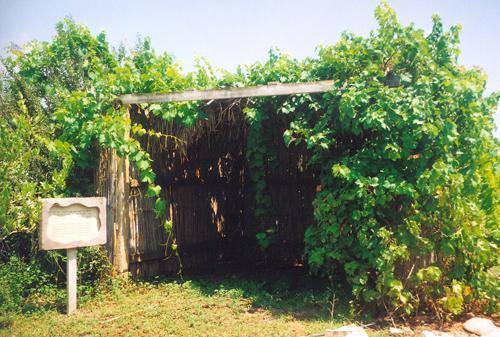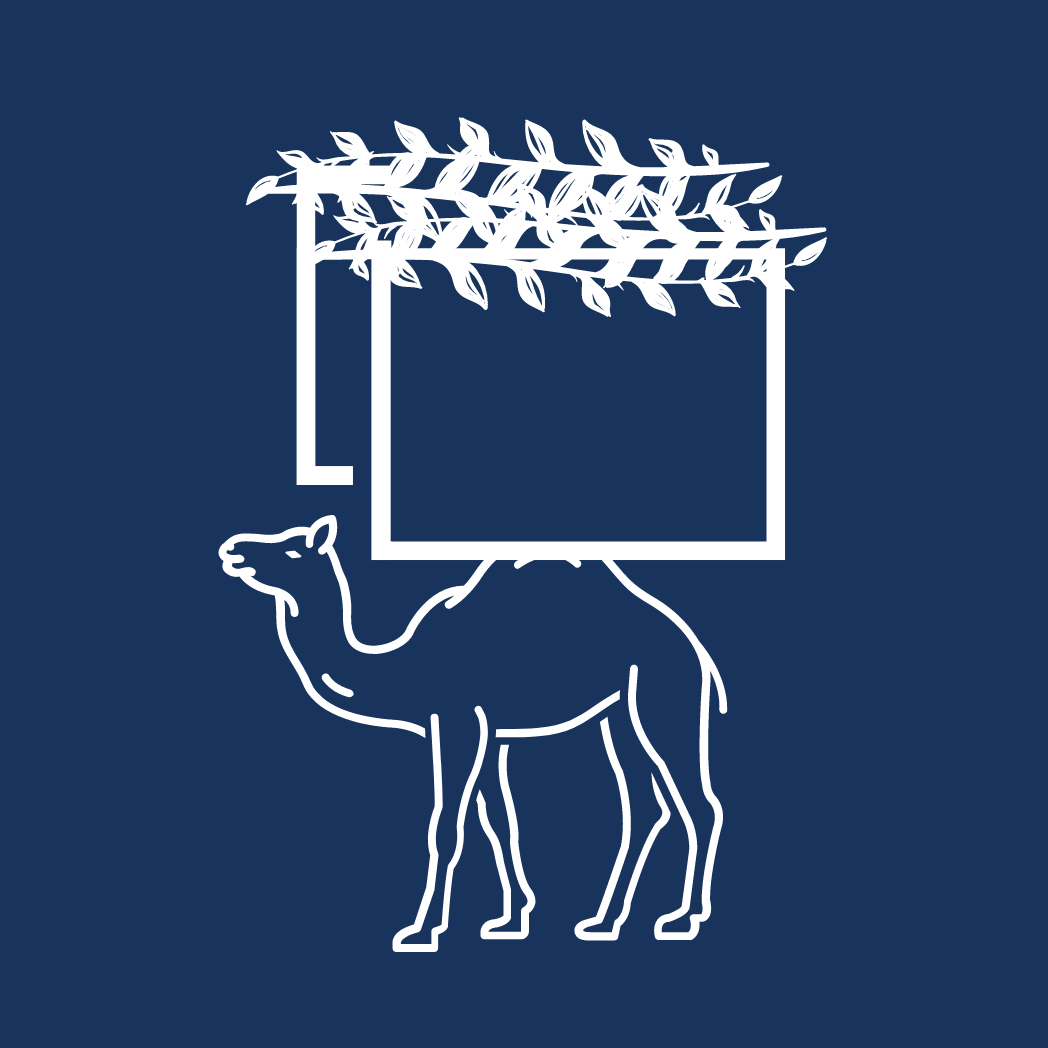
Photo from the Sukkot Exhibit, curtesy of Neot Kedumim Park
(ד) הִדְלָה עָלֶיהָ אֶת הַגֶּפֶן וְאֶת הַדְּלַעַת וְאֶת הַקִּסּוֹם וְסִכֵּךְ עַל גַּבָּהּ, פְּסוּלָה. וְאִם הָיָה סִכּוּךְ הַרְבֵּה מֵהֶן, אוֹ שֶׁקְּצָצָן, כְּשֵׁרָה. זֶה הַכְּלָל, כֹּל שֶׁהוּא מְקַבֵּל טֻמְאָה וְאֵין גִּדּוּלוֹ מִן הָאָרֶץ, אֵין מְסַכְּכִין בּוֹ. וְכָל דָּבָר שֶׁאֵינוֹ מְקַבֵּל טֻמְאָה וְגִדּוּלוֹ מִן הָאָרֶץ, מְסַכְּכִין בּוֹ:
(4) If one trellised climbing plants such as a grapevine, or gourd plant, or ivy [kissos], over a sukka while they were still attached to the ground, and then added roofing atop them, the sukka is unfit. If the amount of fit roofing was greater than the plants attached to the ground, or if he cut the climbing plants so that they were no longer attached to the ground, it is fit. This is the principle with regard to the roofing of a sukka: Anything that is susceptible to ritual impurity, e.g., vessels, or its growth is not from the ground, e.g., animal hides, one may not roof his sukka with it. And anything that is not susceptible to ritual impurity and its growth is from the ground, one may roof his sukka with it.




